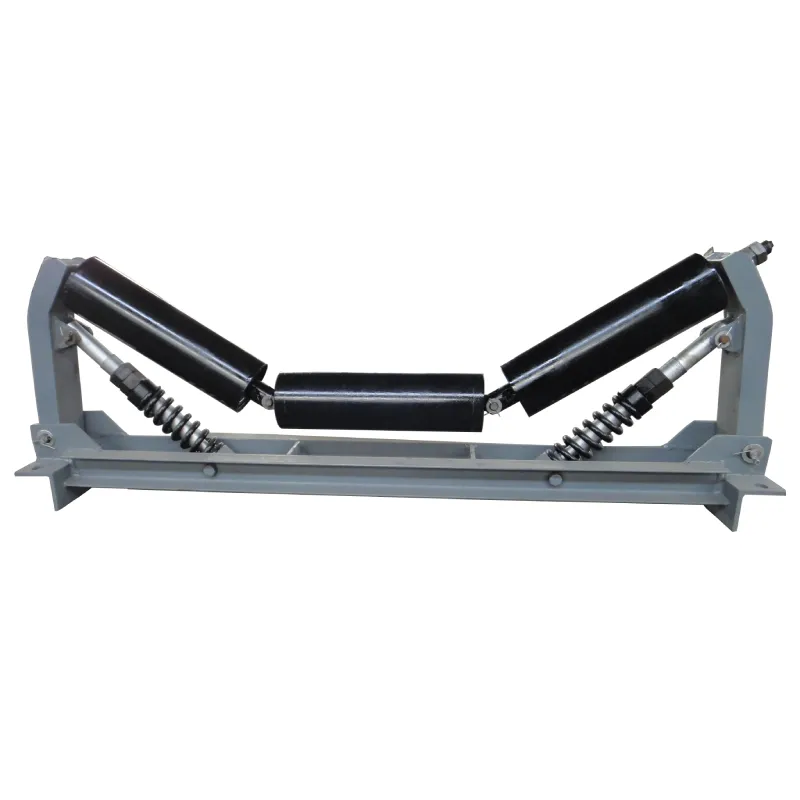 Afrikaans
Afrikaans  Albanian
Albanian  Amharic
Amharic  Arabic
Arabic  Armenian
Armenian  Azerbaijani
Azerbaijani  Basque
Basque  Belarusian
Belarusian  Bengali
Bengali  Bosnian
Bosnian  Bulgarian
Bulgarian  Catalan
Catalan  Cebuano
Cebuano  Corsican
Corsican  Croatian
Croatian  Czech
Czech  Danish
Danish  Dutch
Dutch  English
English  Esperanto
Esperanto  Estonian
Estonian  Finnish
Finnish  French
French  Frisian
Frisian  Galician
Galician  Georgian
Georgian  German
German  Greek
Greek  Gujarati
Gujarati  Haitian Creole
Haitian Creole  hausa
hausa  hawaiian
hawaiian  Hebrew
Hebrew  Hindi
Hindi  Miao
Miao  Hungarian
Hungarian  Icelandic
Icelandic  igbo
igbo  Indonesian
Indonesian  irish
irish  Italian
Italian  Japanese
Japanese  Javanese
Javanese  Kannada
Kannada  kazakh
kazakh  Khmer
Khmer  Rwandese
Rwandese  Korean
Korean  Kurdish
Kurdish  Kyrgyz
Kyrgyz  Lao
Lao  Latin
Latin  Latvian
Latvian  Lithuanian
Lithuanian  Luxembourgish
Luxembourgish  Macedonian
Macedonian  Malgashi
Malgashi  Malay
Malay  Malayalam
Malayalam  Maltese
Maltese  Maori
Maori  Marathi
Marathi  Mongolian
Mongolian  Myanmar
Myanmar  Nepali
Nepali  Norwegian
Norwegian  Norwegian
Norwegian  Occitan
Occitan  Pashto
Pashto  Persian
Persian  Polish
Polish  Portuguese
Portuguese  Punjabi
Punjabi  Romanian
Romanian  Russian
Russian  Samoan
Samoan  Scottish Gaelic
Scottish Gaelic  Serbian
Serbian  Sesotho
Sesotho  Shona
Shona  Sindhi
Sindhi  Sinhala
Sinhala  Slovak
Slovak  Slovenian
Slovenian  Somali
Somali  Spanish
Spanish  Sundanese
Sundanese  Swahili
Swahili  Swedish
Swedish  Tagalog
Tagalog  Tajik
Tajik  Tamil
Tamil  Tatar
Tatar  Telugu
Telugu  Thai
Thai  Turkish
Turkish  Turkmen
Turkmen  Ukrainian
Ukrainian  Urdu
Urdu  Uighur
Uighur  Uzbek
Uzbek  Vietnamese
Vietnamese  Welsh
Welsh  Bantu
Bantu  Yiddish
Yiddish  Yoruba
Yoruba  Zulu
Zulu Optimizing Performance of Tail Drum Pulley Systems in Conveyor Applications
Understanding Tail Drum Pulleys Essential Components of Conveyor Systems
In the world of industrial machinery and production lines, the efficiency of material handling systems is crucial. One component that plays a vital role in these systems is the tail drum pulley, often simply referred to as a tail pulley. This article aims to explore the significance, functionality, design considerations, and maintenance practices associated with tail drum pulleys.
What is a Tail Drum Pulley?
A tail drum pulley is a type of pulley located at the end of a conveyor belt system. Its primary function is to take up the slack in the belt and stabilize the system during operation. The tail pulley serves both a functional and structural purpose, ensuring that the conveyor belt remains taut and aligned, thereby facilitating the efficient movement of materials from one point to another.
Functionality of Tail Drum Pulleys
The functionality of a tail drum pulley extends beyond merely supporting the conveyor belt. It plays a critical role in the overall operation of the conveyor system
1. Belt Tensioning One of the primary roles of the tail pulley is to maintain tension in the conveyor belt. Proper tension is essential for ensuring that the belt operates smoothly without slipping or becoming misaligned.
2. Deflection Control Tail pulleys help control the deflection of the conveyor belt as it wraps around the pulley. This control is important for preventing excessive wear on the belt and ensuring that the load is evenly distributed.
3. Return Path Support In many conveyor systems, the tail pulley also supports the return path of the belt. This ensures that the loaded and unloaded portions of the belt function symbiotically, allowing for continuous operation without interruptions.
4. Material Flow Management Tail pulleys assist in managing the flow of materials on the conveyor system. By controlling the motion and positioning of the belt, they help ensure that materials are loaded and unloaded efficiently.
Design Considerations
When designing a tail drum pulley, several factors must be considered to ensure optimal performance
tail drum pulley

- Material Selection Tail pulleys are often made from durable materials such as steel or composite materials that can withstand the wear and tear of continuous operation. The choice of material impacts the pulley’s longevity and performance.
- Diameter and Width The size of the tail pulley, including its diameter and width, is critical. A properly sized pulley ensures that the belt can maintain appropriate tension and minimize slip.
- End Disk Design Tail pulleys are equipped with end disks or flanges that help keep the belt aligned and prevent it from wandering off. These disks must be designed carefully to ensure effectiveness without adding unnecessary weight.
- Bearing Type The type of bearing used in the tail pulley can influence its operational efficiency. High-quality bearings reduce friction and wear, leading to a longer service life.
Maintenance Practices
Regular maintenance of tail drum pulleys is essential for overall system efficiency and longevity. Here are some recommended practices
- Inspection Regular inspections should be conducted to identify signs of wear, misalignment, or damage. This includes checking the condition of the bearings, the surface of the pulley, and the integrity of the belt.
- Lubrication Bearings within the tail pulley should be lubricated according to the manufacturer's specifications. Proper lubrication minimizes friction and operating temperature, reducing the risk of bearing failure.
- Alignment Checks Routine alignment checks help ensure that the tail pulley is operating properly within the conveyor system. Misalignment can lead to uneven wear on the belt and potential system failures.
- Cleaning Keeping the tail pulley clean from debris and materials is crucial for maintaining performance. Build-up can cause friction, leading to premature wear and potential failure.
Conclusion
In conclusion, tail drum pulleys are indispensable components of conveyor systems that facilitate efficient material handling. Their role in maintaining belt tension, controlling deflection, and managing the flow of materials cannot be overstated. By understanding their functionality and implementing proper design and maintenance practices, industries can enhance the efficiency and longevity of their conveyor systems. As technology continues to evolve, the design and materials used in tail drum pulleys will likely see improvements, further boosting the capabilities of material handling operations across a variety of sectors.
-
Revolutionizing Conveyor Reliability with Advanced Rubber Lagging PulleysNewsJul.22,2025
-
Powering Precision and Durability with Expert Manufacturers of Conveyor ComponentsNewsJul.22,2025
-
Optimizing Conveyor Systems with Advanced Conveyor AccessoriesNewsJul.22,2025
-
Maximize Conveyor Efficiency with Quality Conveyor Idler PulleysNewsJul.22,2025
-
Future-Proof Your Conveyor System with High-Performance Polyurethane RollerNewsJul.22,2025
-
Driving Efficiency Forward with Quality Idlers and RollersNewsJul.22,2025





























